A Book Review: ''A History of Modern Latin America 1800 to the Present''
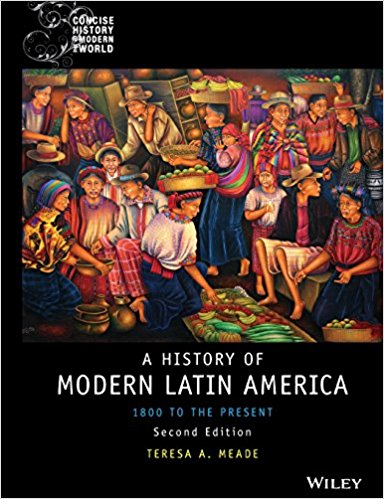
photo source
Hello everyone today i am sharing my book review article. In school we are much required with book/research papers right? So i will share to you a book review of mine that i made for 2 months since in making book review you need to read the books. I hope students will be enlighten on how to really make a productive book review.
So that is the book that i had a chance to review with. The cover itself looks very interesting right?

photo source
The book entitled “A History of Modern Latin America 1800 to the Present” was written by Teresa A. Meade
The Book was published by Blackwell publishing whose publishing program merged with Wiley Global Scientific, Technical and Medical business to create the Wiley-Blackwell, a renowned publishing company. The author, Teresa A. Meade was a professor of History and culture, her area of expertise is Latin American history, especially social movements, issues of gender, and labour history in the 19th and 20th centuries.
Meade credentials are clearly visible and impressive. The author’s aim as stated in the first few pages was to provide a vigorous and distinct explanation on the big changes and evolution of the modern period and to exert influence between long-term changes and emphasizes the “defining moments” of History. Teresa A. Meade in her acknowledgements gave honour to Mr.Hobsbawn for inspiring her and for the profound insights and ideas. Meade also mentioned her colleagues and friends in Latin America who asserted efforts on the corrections, comments and words of encouragements.
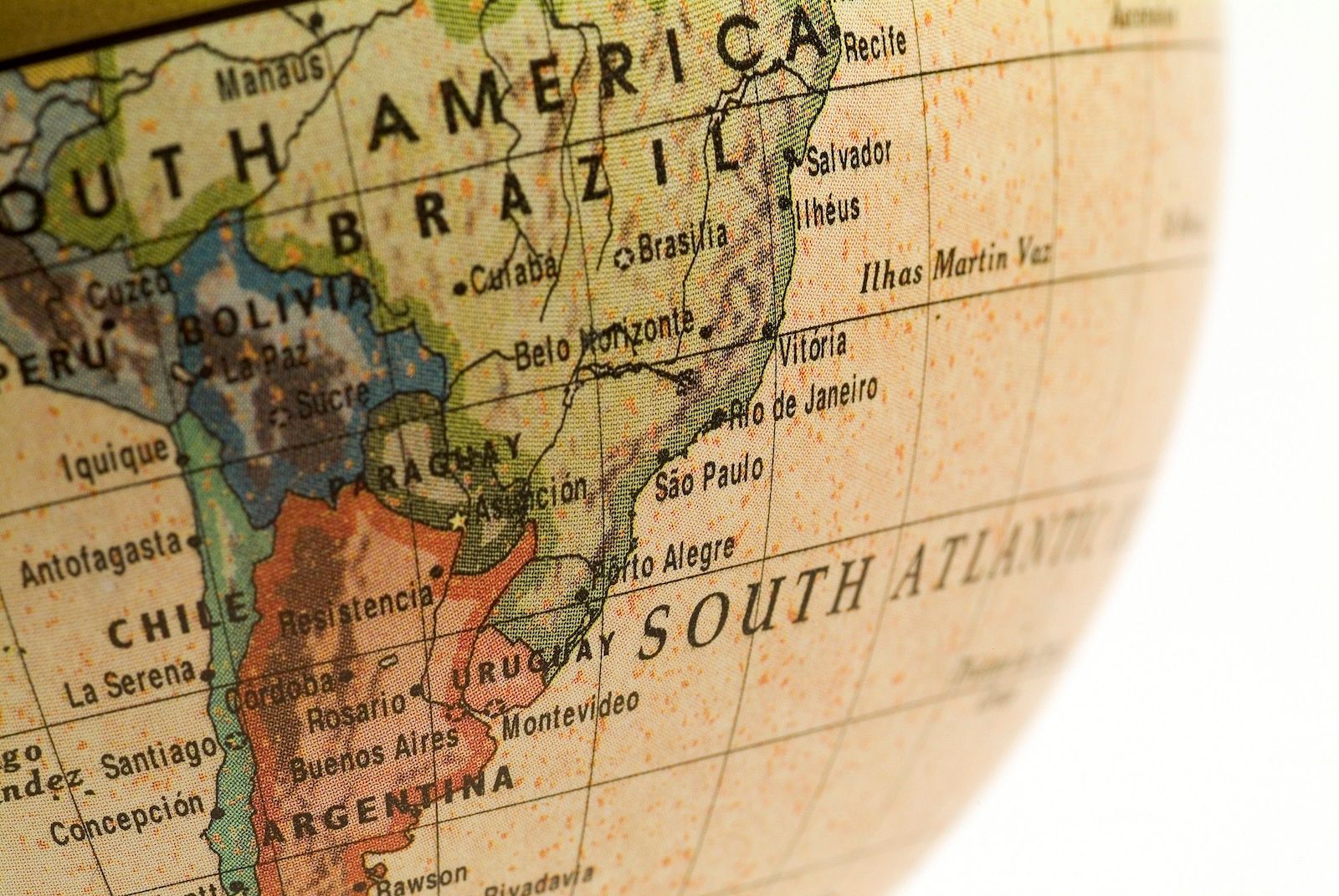
photo source
The book description was a concise History of the modern world where Meade provides an extreme interpretation of the region’s past modern age. The book covers over 2 centuries of History of the Latin American region. The illustration shown at book represents a cover photo of the book that was so vibrant and colourful that is a symbolic of a rich and lavish culture, civilization and the diverse vast region of the Latin America.
Upon reading, Meade’s approached stick or focused on the a certain themes and a subject of discourse that relays general analysis suited roughly into a time frame of one or more countries interconnected at the same time. It was great that the author first presents and synthesis clearly the whole Latin America in the first few chapters. Meade narrowed the prism of social orders, gender, race and ethnicity which include specific historical events of the region.
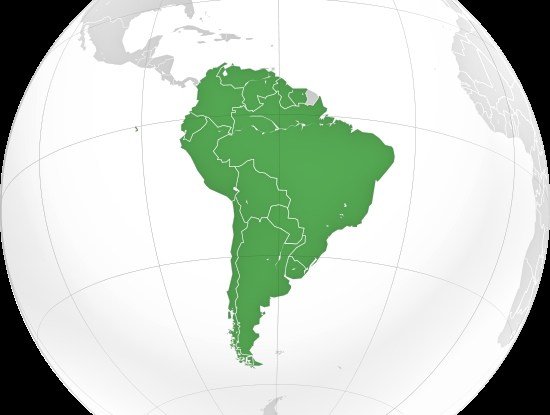
photo source
First Chapter
The first part of the book gave us a glimpse on the structure of the region as the author elaborates on the land and the people identifying the region as vast in area geographically and culturally diverse. The name origin of “Latin America” was also highlighted by Meade as she cited different theories of historian’s book on the origin of the name itself. The way the author wrote the book was specifically concise narrative with understandable simple English context and Jargons that puts interest to go for further readings.
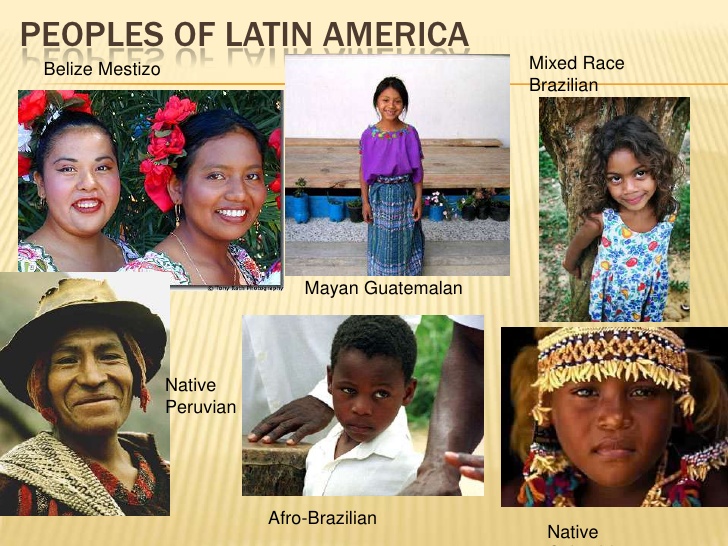
photo source
Another element of the book were the list of the figures that the author had presented vividly. The list of figure together with the maps and served as guide for readers and researchers that enriched them with the ideas they further want to go beyond. The tables were also provided with a mere explanation specifically on the race and rising population of the region.The author ways of writing is very relatable and indeed interesting. Pictures were also provided in some certain topics in the book that gave the reader a valuable time to read. For Meade, looking at its politics, in its racial structure, culture and even entertainment even in the Literature the Latin America and the Caribbean a crazy quilt of Nationalities.
Language in Latin America represents every parts of the globe that create a profound heterogeneous society from the entire region and thus a manifestation of many aspects of their culture which I strongly affirms. In reading the book, it was easy to observe how the author answered gaps in inn the statements.
The Next Few Chapters
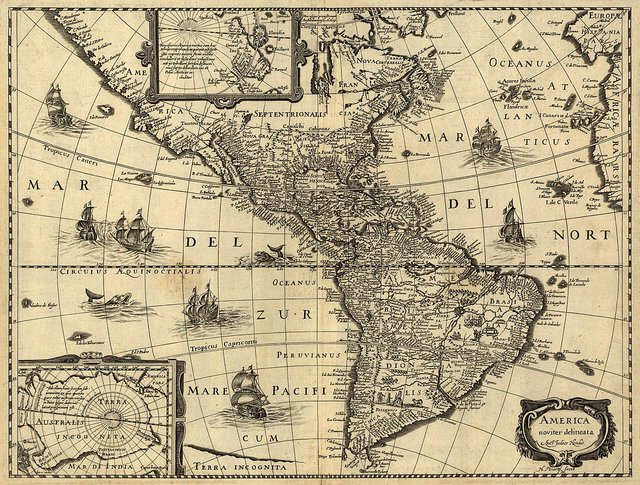
photo source
Moreover, the second part of the book gives insight on Latin America with the timeframe of 1790. Meade agreed that the major transformation began to happen in societies in Europe and greatly affects the Americans to their core. The intensity of the different revolution had given exclusive and irrevocable changes within the region. The author gives us the colonial background in chapter 2. Pages 76-80,
Ines de Suarez
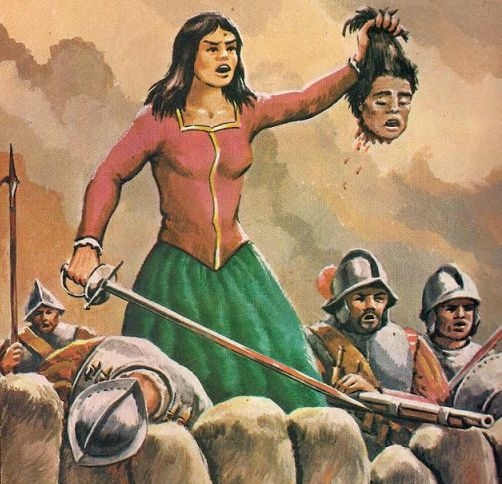
photo source
Meade talk about a certain woman named Ines de Suarez whom known for as the most celebrated conquistadora. According to Meade, Suarez was a Spanish woman who travelled to America to follow her husband and only to found out that he died in one of the battle. As I double check it in Brittanica.com, it was very accurate. The information on the most celebrated Spanish conquistadora was very much exact as to Meade.
In addition, Ines Suarez had a hot-romance and became the mistress of Pedro de Valdivia. Chapters 3 and 4 covers a very huge scope starting with competing nations for freedom, which deals a lot of dilemma over sovereignty and Meade making remarks on struggles and fight for independence of their respective nations.
African Slavery in South America
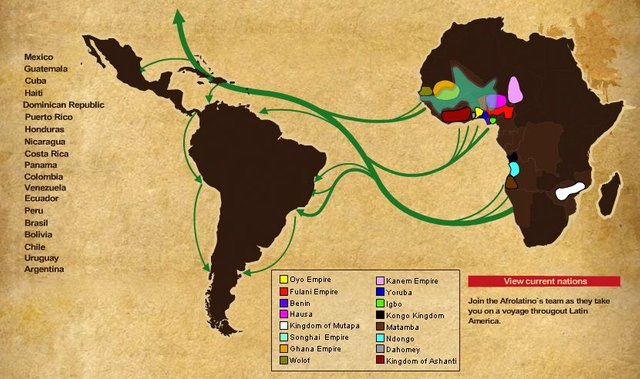
photo source
The trends of African slavery and the different resistance and rebellion followed by Meade emphasizes the post-independence challenges specifically the division on the Racial and gender status and its transformation. As a reader, the author’s little lapses were she gives so much emphasis and attention on larger colonies like Brazil and Mexico with little information on independence, struggles even revolts on a smaller nations and territories. Readers would love to know more detailed information on the dilemma prior to its success. From pages 122 the African slavery in the Americas were given importance by the author as well on the facts on how were they brought by their colonizers to the new world. The slavery on the region brought a new dimension of perspective.
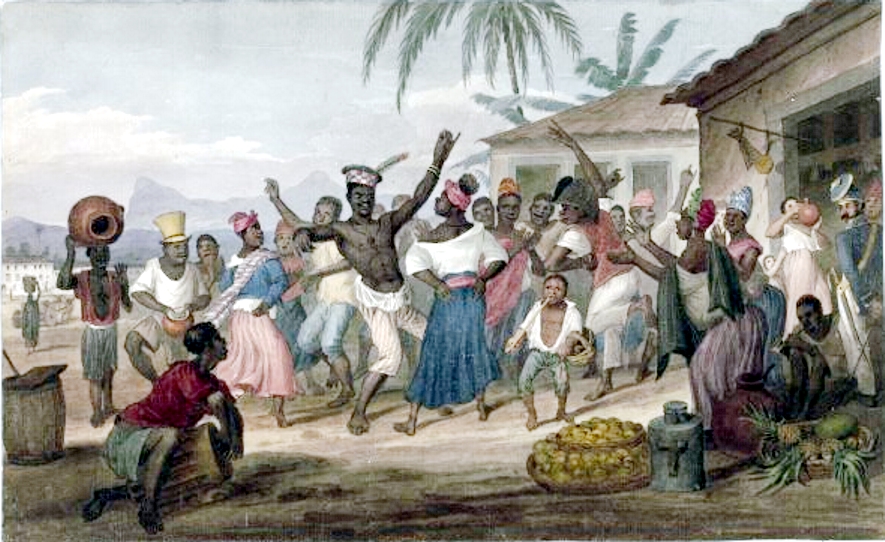
photo source
The book gave specific number through tables of numbers of slavery with the French colony of Saint Dominique had an estimated 500,000 slaves or roles of sugar exports to local economies of Brazil and Caribbean. The highly roles of tobacco, rice, mills, cotton and others puts pressures to slavery. Majority of the slaves, 70 percent to be specific worked in the production of sugar plantation. As reader and as historian it is my task is to check all information and data. In doing so so I reread other articles and books specifically Jose Luciano Franco’s studies which entitled “The Slaves trade in the Caribbean and Latin America from Fifteen century to Nineteen century”. Just like Meade, Franco pointed out the origin the beginning of slaves’ trade as what he called it. The discovery of the new world gave a tremendous impetus to slavery in the Latin American region where large numbers of Negros were introduced by Spain coming specifically from the West coast of Africa during the 14th and 15th century.
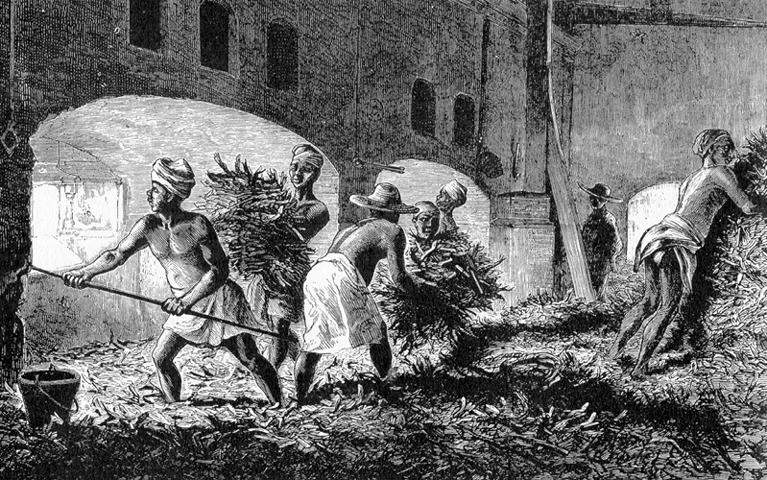
photo source
Aaron Moulton just like Franco also wrote about African slavery in which in his papers he emphasize the exact numbers of African slavery in whole Latin American region with specific timeline in pages 5-7 and this is what missing in Meade’s work. Other sources are very accurate and precise with the details as Teresa Meade book. In the next few chapters it dealt on immigration, the revolution from the countryside to the city: Mexico.
The Struggle of Mexico
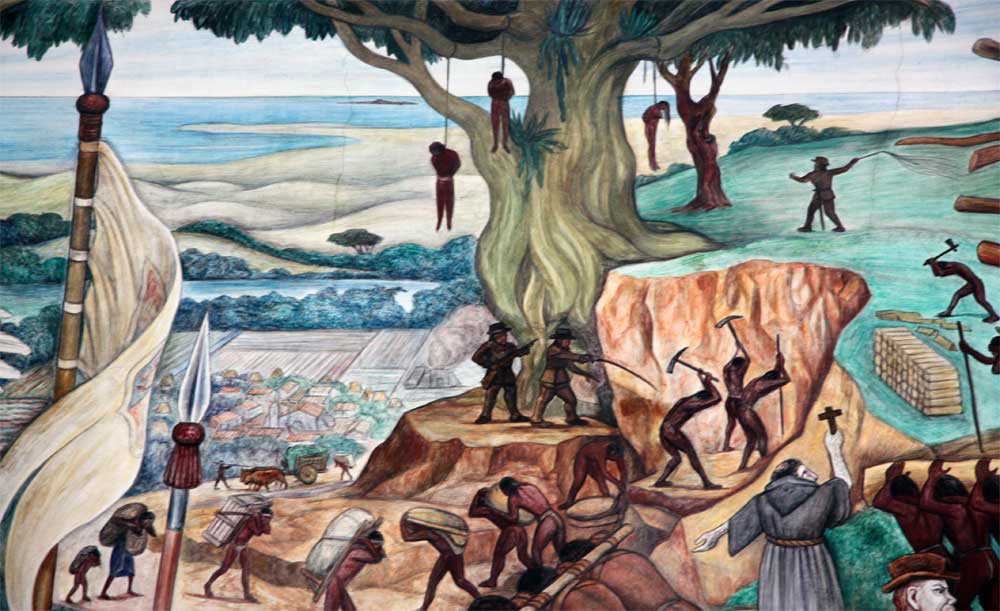
photo source
Mexico City was emphasizes as it entered into one of the most intense period of economic and political struggle of any Latin America country. Mexico was again highlighted by the author this time around. The Mexican revolution was address in the course of 1917 constitution to main records of hostilities of revolution. For Meade‘s conclusion on the revolution, she mentioned how Mexico’s revolutionary transformation greatly affected the Peasantry, miners and industrial service worker which I agrees with and in addition, the revolution had reached through the countryside and rich different distinction.
Labor Groups

photo source
. Chapters 8 is about the left and socialist alternative which supposed to be an interesting topic but the author touch just a shallow part of it, the Great war as what they called it brought the left-wing alternatives which include socialism, anarchism, and anarcho-syndalism had advocated the unity and efforts in labour movements throughout the world. The World War I and World War II also affected the Latin America as trade union movements became an intense sites of ideological debate between communist, socialist even anarchist for the best alternative for the best labour movements. Meade recognizes how the leftist parties on the impact of socialism a favorable choice among labour militants and social activists for creating equitable societies. In its counterparts, fascism emergence as the main opponents of socialism especially in the end of 1930 in countries likes Argentina and Brazil.
Women in Workforce
Another topic that the author introduced was the stand of women in workforce. As a reader my only critique is Meade failed to discuss the stand point of women in other Latin American countries. The women being discussed were the women of Argentina, specifically the workplaces in Buenos Aires. Although the great rationality of this topic was the Author enable to highlight the inequalities on the wages the women acquired in the time they worked as mention 11 to 12 hours per day and to which they were just aid 2.60 pesos per day, that was equivalent half the wage paid to men.
The Rise of Getulio Dornelles Vargas
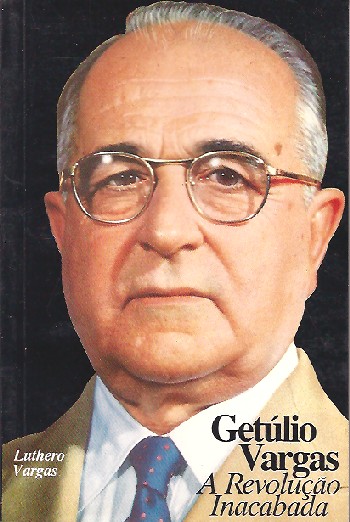
photo source
populism and the struggle for change with the rise of Getulio Vargas and Juan Peron.Getulio Vargas traded influence and political cunning to win governorship of Brazil’s southernmost state, Rio Grande do. Getulio Dornelles Vargas was the most expressive character of the Brazilian Republic.
He was born in the city of São Borja, Rio Grande do Sol, on April 19th 1883. He attended military schools as a youth, but majored in Laws in 1907. Vargas was revered by his followers as the “Father of the Poor,” for his battle against big business and large landowners. Meade as well highlights Peron for being very popular Latin America’s populist leader with great legacy of Peronism.
Post World War 2 and the Cuban Revolution
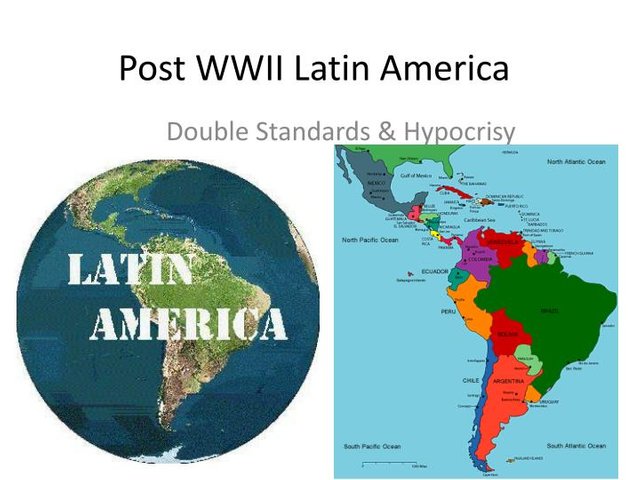
photo source
The post-world war II struggles for the Sovereignty was a broad topic that the author elaborates. From explaining the World War II to the chaos between Military and Civilian ruling to expounding to a certain absolute dictator named Rafael Trujillo. The bloody revolution of Guatemala and Bolivia were also given further explanation and time.

photo source
The Cuban revolution was synthesis well as Meade made attempts to discuss its factors, dilemmas and its post challenges stating that no ever has played greater role in realigning internal and external alliances, in reformulating agendas than the Cuban revolution. Cuba played disproportionately vital role in the colonial and post-colonial era.
Modernization up to the 21st century

photo source
While in last chapters, it centered on the modernization and progress era with Meade sighting the national security States, Women and their shining paths. Another impressive thing on the book is that the author was able to sum up everything per chapters end was able to give a great and rationale conclusions. The last chapter talks about the state of Latin America in the 21st century where it was a promised of a new chapter for the region. Progress were made as Neoliberalism, a program calling for maximum wage control was established dismantling of state-owned industries and promotion of the free trade. Teresa Meade also gave updates on some countries in their 21st century status like the Brazil, Bolivia and Venezuela.
Women in Politics
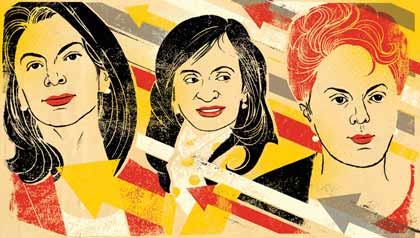
photo source
It was also very vivid how the author came up to be a little feminist as writer, in the end chapter the women were emphasizes again to the vital role they played in the trade unions, religious organizations, communities and human right organizations with their specific agenda of rights of women did not always make it to the new Democratic ideas. Women in political offices were also discussed as numbers of Latin American’s nation engaged themselves and adopted affirmative action type quotas for the number of female candidates mandated to run for office in any given parties.
Challenging Problems continue in Latin America

photo source
On The other note the rise of illegal immigrants became a hardache and problem of the region with tremendous numbers of illegal settler were residing the US. The author leaves a very interesting conclusion as well that if the current trends continue, in fact, the people of the hemisphere from north to south will form a single cultural entity. In the end pages basic facts, a chronology, a bibliography, and a list of suggested reading make up the appendixes. For Meade, the futures lies ahead for Latin America are still face with challenge especially in the economic indicators point to possible long-term stagnation, but everyone must be aware the consequences of failing to build a sustainable and strong future are unthinkable.
While this video shows the severe economic problem of Latin America today!
Conclusion
Overall, Teresa A. Meade gives very intellectual resources in her book. The book presents the developments and clear analytic interpretation and framework. The author gives balance perspective of her own generalization from the broad historical landscape with a vivid discussion of particular features and was able to coin the defining moments of History. The book is very light in its overall context with easier English terms and clear interpretations.
The author was successful in attempt to integrate fully the diversity of the peoples of the Americas: young and old, men and women, different categories of race, gender and sexuality as well as broad themes of recent Latin American history – modernization, dependency, revolution, and neoliberalism which are constantly challenged by attention to the area’s diversity are well interpreted. The book would surely enrich readers with historical knowledge of Latin America thus the book would be a great sources for further researches and great material in History classes.
Thank you for reading this long article ! i hope you have learn something!
Sources
PDF/BOOKS
1.Franco, J. (1977) The Slave Trade in the Caribbean and Latin America from Fifteenth to Nineteenth Century. Spanish Press.
2.Hansen, J. (1968) The Nature of the Cuban Revolution. S and Well press. New York
3.Klein, H. Vinson B. (2007) African Slavery in Latin America and the Caribbean. 2nd Edition. New York, NY: Oxford University Press. ISBN: 978-0195189421.
4.Meade, T (2010) A History of Modern Latin America: 1800 to the Present. Wiley-Blackwell
Internet Source
1.Poppino, R. (2011) Getúlio Vargas. Retrieved from https://www.britannica.com/biography/Getulio-Vargas. Date accessed. March 18, 2018
Video
1.TeleSUR English(2016)Latin America’s Economic Woes: What Mainstream Media Won't Tell You. Retrieved on May 12, 2018 from https://www.youtube.com
Man excellent work . I am assigned to write book review too , this certainly helps.
really ? thank you so much god bless you!
Congratulations! This post has been upvoted by the communal account, @steemph.cebu by zam398 being run at Teenvestors Cebu (Road to Financial Freedom Channel). This service is exclusive to Steemians following the Steemph.cebu trail at Steemauto. Thank you for following Steemph.cebu curation trail!
Don't forget to join Steem PH Discord Server, our Discord Server for Philippines.
You have been upvoted by the @sndbox-alpha! Our curation team is currently formed by @jeffbernst, @bitrocker2020, @jrswab & @teachblogger . We are seeking posts of the highest quality and we deem your endeavour as one of them. If you want to get to know more, feel free to check our blog.